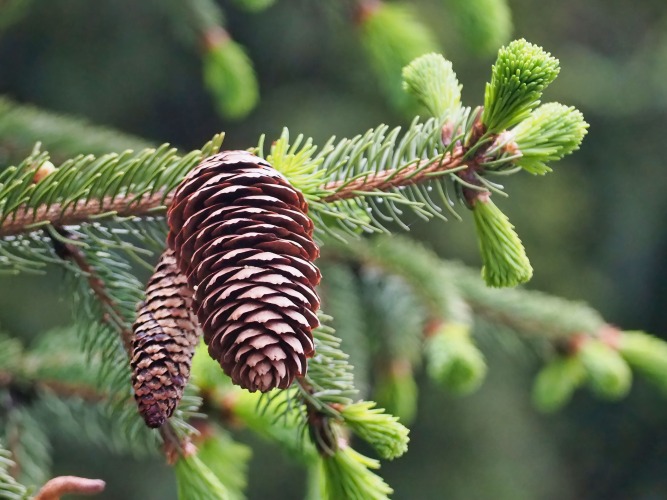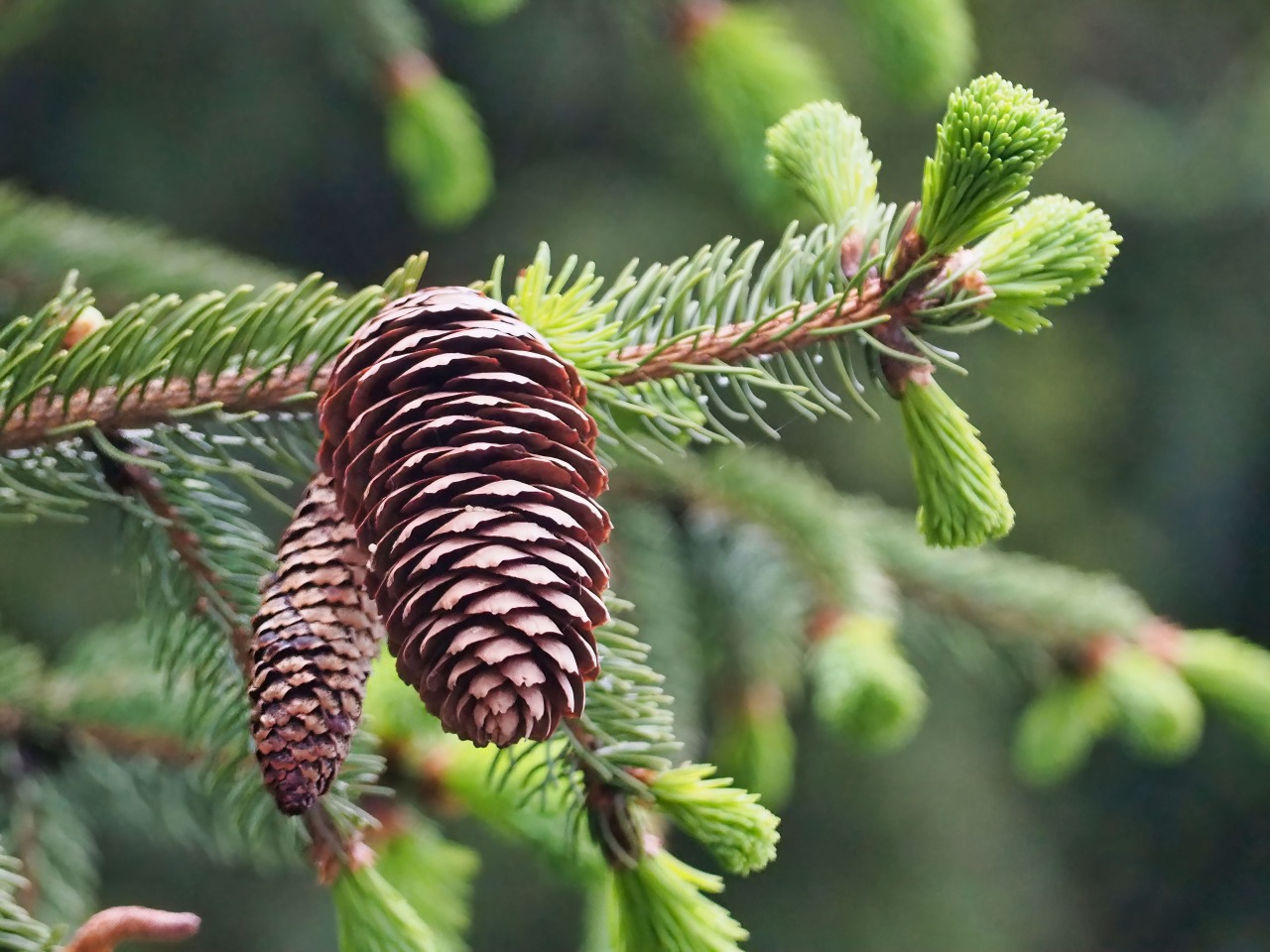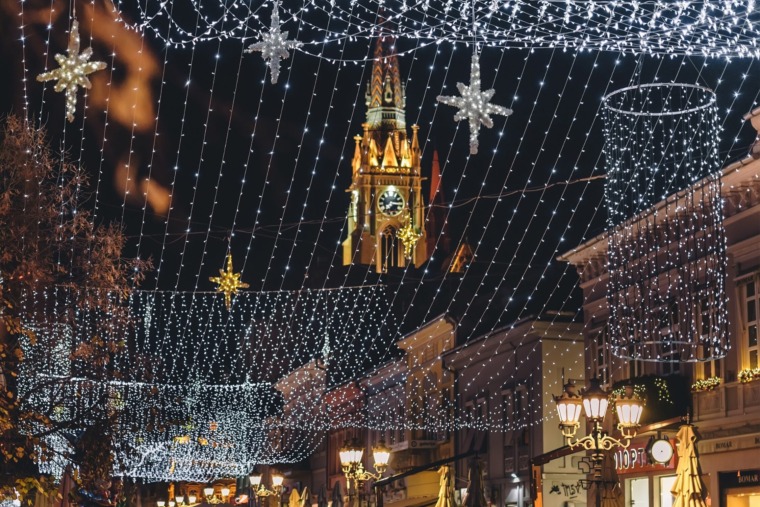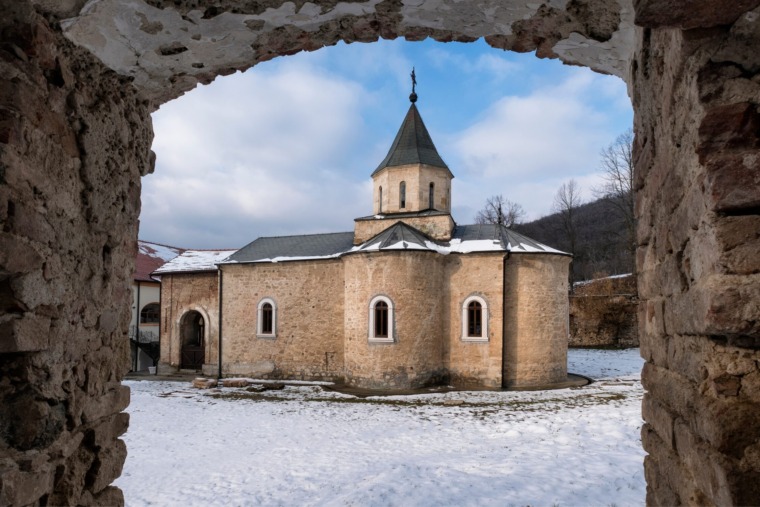

Standing tall on the cliffs of western Serbia, the Pančićeva omorika (Picea omorika), or Serbian Spruce, is more than just a conifer. It’s a living symbol of Serbian nature and scientific heritage—a rare species found in only a few locations worldwide. Its elegant, slender shape and remarkable resilience make it a botanical marvel, but its story begins with one man: Josif Pančić, the most renowned Serbian botanist of the 19th century.
Who Was Josif Pančić?
Josif Pančić (1814–1888) was a Serbian doctor, botanist, and the first president of the Serbian Royal Academy. Born in Croatia and later naturalized as a Serb, Pančić dedicated his life to studying the rich biodiversity of the Balkans. He classified more than 2,500 plant species and was a passionate advocate for environmental preservation.


Pančić’s greatest botanical discovery came in 1875, when he identified a unique species of spruce growing on the steep limestone cliffs of Tara Mountain near the village of Zaovine. He named it Picea omorika—a tree that had survived the Ice Age, hidden in the Balkans.
The Discovery of Picea omorika
During his exploration of western Serbia, Pančić noticed an unusual spruce with a narrow, conical crown and short, flat needles. It looked nothing like the more common European spruces or firs. After meticulous study, he concluded that it was a previously undocumented species. It was later named in his honor: Pančićeva omorika.

This discovery was groundbreaking. It provided insight into relict species—plants that survived ancient climate shifts—and confirmed the Balkans as a glacial refuge for many unique species.
Why Is Pančićeva Omorika Special?
The Serbian Spruce is endemic to a small region in western Serbia and eastern Bosnia and Herzegovina. Its uniqueness lies in several factors:
- 🌲 Endemic Beauty: It grows naturally in a limited area along the Drina River canyon, mostly on Tara Mountain, between 800 and 1,600 meters in altitude.
- 🌱 Relict Species: It dates back to the Tertiary period, making it a living relic from prehistoric times.
- ❄️ Hardy and Adaptable: Despite its narrow natural habitat, Picea omorika is widely planted across Europe and North America in parks and gardens due to its ornamental elegance and resistance to urban pollution.
- 🌍 Conservation Value: It’s listed as a protected species in Serbia and is the focus of several conservation efforts.
Where to See Pančićeva Omorika in Serbia
If you want to experience the Serbian Spruce in its natural habitat, head to Tara National Park, one of the most pristine and biodiverse areas in Serbia.
🌲 Best Locations:
- Tara Mountain – The heartland of Picea omorika, where it grows on steep, rocky terrains. The Banjska Stena viewpoint offers breathtaking views over the Drina River and valleys filled with this rare spruce.
- Zvezda Reserve – A strictly protected area in Tara, home to the largest population of Serbian Spruce.
- Botanical Garden Jevremovac, Belgrade – A cultivated specimen can be seen here, along with a bust of Josif Pančić.
- Pančić’s Mausoleum, Kopaonik – Though Picea omorika does not naturally grow on Kopaonik, Pančić chose this majestic mountain as his final resting place. His mausoleum sits at the highest peak, aptly named Pančić’s Peak.


Legacy of Josif Pančić
Josif Pančić left behind more than scientific works. He left a legacy of curiosity, dedication to nature, and national pride. The Serbian Spruce stands today as a tribute to his life’s work—a towering reminder that even in a small corner of the world, one can discover something extraordinary.
Why It Matters Today
In a time when biodiversity is under threat, the Serbian Spruce reminds us of the fragile resilience of nature. It also reinforces the importance of scientific exploration and conservation.
If you’re planning to explore Serbia’s natural wonders, don’t miss the opportunity to walk under the branches of Pančićeva omorika—a tree with deep roots in both Earth’s history and the Serbian soul.
Related Articles


Snow-Free Serbia Travel Ideas for 2026
December 17, 2025
What to Do with Kids in Serbia: Family-Friendly Holiday Ideas
December 14, 2025






